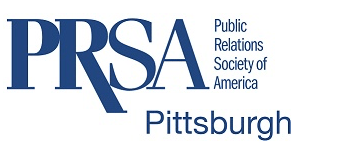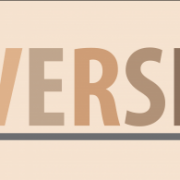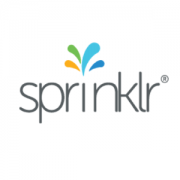Practitioner Profile: Tim O’Brien
1. Tell us about your academic background (college, major, degrees).
My bachelor’s degree is from Duquesne University with majors in journalism and rhetoric. I spent a lot of time working and experimenting at WDUQ-FM, the college radio station and an NPR affiliate, when I wasn’t working to pay for college. I interned in news at WPXI-TV.
2. What was your first job and how did you find it?
My path wasn’t so clear as those who may have had that one first communications job right out of school. In my sophomore year of college, I was a radio engineer/producer on the weekends and a janitor during the week at a commercial radio station called 13Q. A neighborhood friend had initially told me about the job. I then picked up some part-time jobs in radio and at the Pittsburgh Post-Gazette through college, and spent my senior year going to school full time and working about 35 hours per week at KDKA Radio and TV as a writer and producer. That led to stints as a copywriter at a couple of local ad agencies, and then the move into my first full-time PR job at Mangus/Catanzano.
Over the years, I found my jobs just by constantly hustling to try new things, do new things and work with people I admired and liked. It seemed that the next opportunity always came about on a referral from someone I had crossed paths with before, and that’s still largely the case in my business.
3. What was the most important lesson you learned from that job that you still carry with you?
Opportunities are what you make of them. Most of my opportunities were available to other people before me. The difference was others didn’t see them as opportunities, and I was ready and willing to see what could be done with them.
4. Give us a snapshot of the remainder of your career path, in addition to your current job and responsibilities.
After a couple of years at Mangus/Catanzano where I honed my basic PR skills, I went to Ketchum. I was in the corporate communications group which included crisis and issues management, and workplace communications. I worked on a large number of high-profile clients and situations and was fortunate to have been a part of an awesome group of people for 10 years.
I then left Ketchum to run Communications and Investor Relations at Tollgrade Communications, a tech firm. Tollgrade was integral to the building of the national broadband infrastructure during the dot-com era. Before that, you needed “dial-up.”
In 2001, I started my business and I use the same client service model as Ketchum, providing corporate communications support, handling crisis and issues management situations and workplace communications. This also includes media relations, annual reports, content development and speechwriting, professional services marketing, among other things. Clients range from start-ups and nonprofits to Fortune 100.
5. Looking back on your career, what was the best piece of advice that you ever received?
Someone once told me you have to be willing to be fired if you’re providing your best counsel. That doesn’t mean you should be brazen. Anyone can be recklessly brash. It means you have to really do your homework, be sensitive to dynamics you may not readily see, have a strong set of personal and professional values, and be able to make your best case. It means that your advice has to be in the best interest of the organization. And it usually means you have to tell someone something they’re not ready to hear. I’ve adhered to this advice many times in high-stakes situations, and have walked into a few rooms not knowing if I’d have a job or a client after the conversation. Fortunately it has always worked out.
6. Tell us about a memorable moment in your career.
One that stands out was the time I had the chance to press the button to open the NASDAQ stock market. It was Tollgrade’s fifth anniversary as a publicly traded company, and in my IR role, I spent the morning at NASDAQ to mark that. The day was ceremonial, but it was a reminder of what our team was able to accomplish at that company, the difference we made in the evolution of the network, and that without effective PR and IR our story never would have been heard.
7. In your opinion, what are the three most important attributes needed to be a successful public relations practitioner?
Be a strategic problem-solver, a good listener, and have strong core values. You will be tested in each of these areas.
8. What is your advice to students who want to work in public relations or young public relations professionals just starting their careers?
You don’t need to have all the answers. But you are expected to have the right questions and a plan to get the answers. Demonstrate that you can work independently and collaboratively. Both are critical. Learn how to take constructive feedback constructively and act on it. When your supervisors tell you things you don’t want to hear, allow time for it to process. They’re usually right.
9. How has the public relations field changed since you started working?
Technology has changed the pace of live communication but not the pace of the work. The work was as intense before digital as it is now because everything was more labor intensive and the deadlines are the same. The biggest change is the immediacy and mobility of communication, which means you now have to be more prepared in advance. Planning used to be mainly about logistics, now it’s about logistics and contingencies.
10. What’s next? What do you see as the next big trend in public relations?
Video. Recently, I’ve been doing more and different types of video work because of the ubiquitous nature of smart phones and video screens. This has been good for me because while new delivery platforms are introduced every day, the writing, planning and production process is the same, it takes me back to my broadcasting roots and my first love. Please don’t tell my wife I said that.















